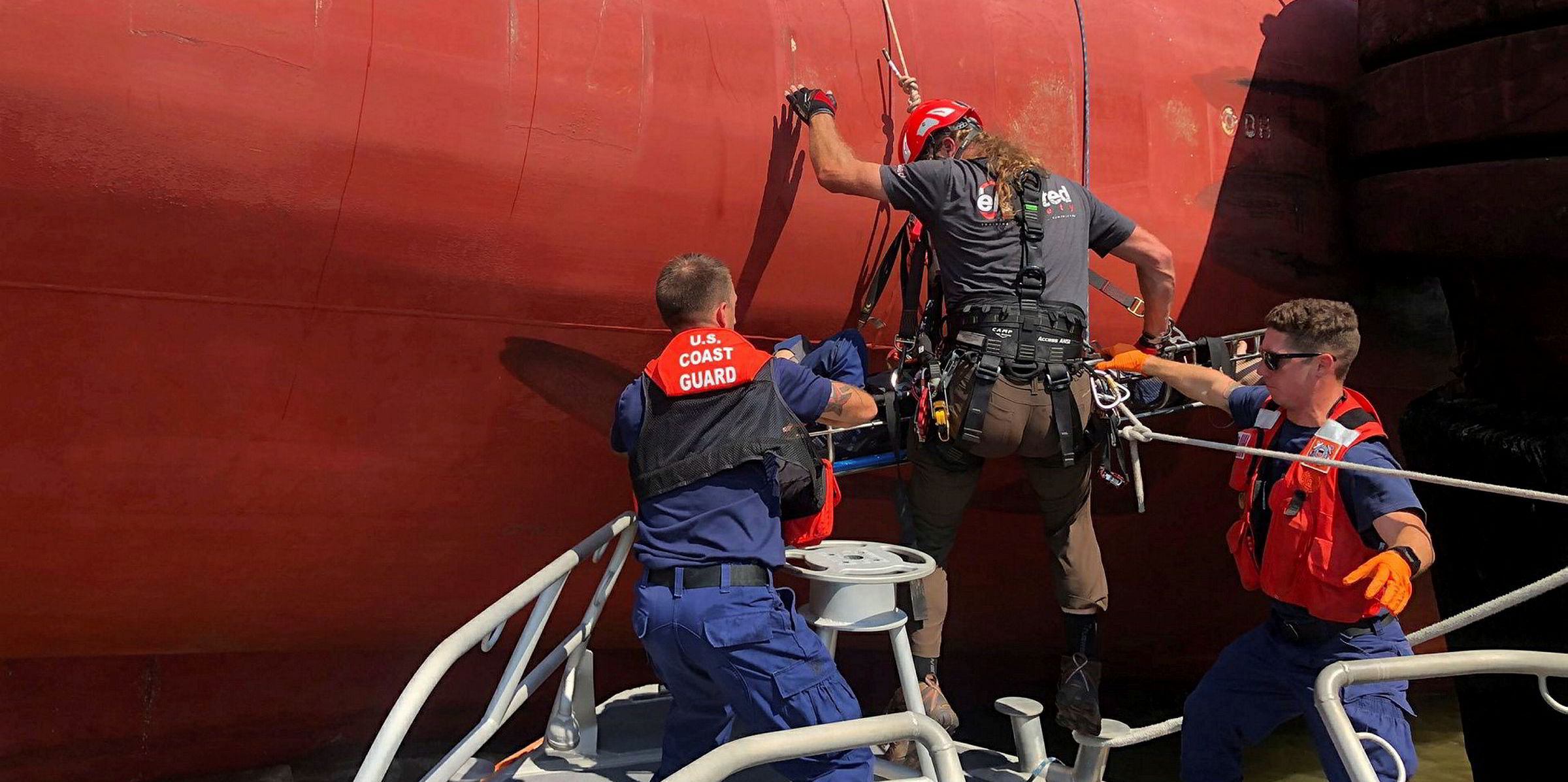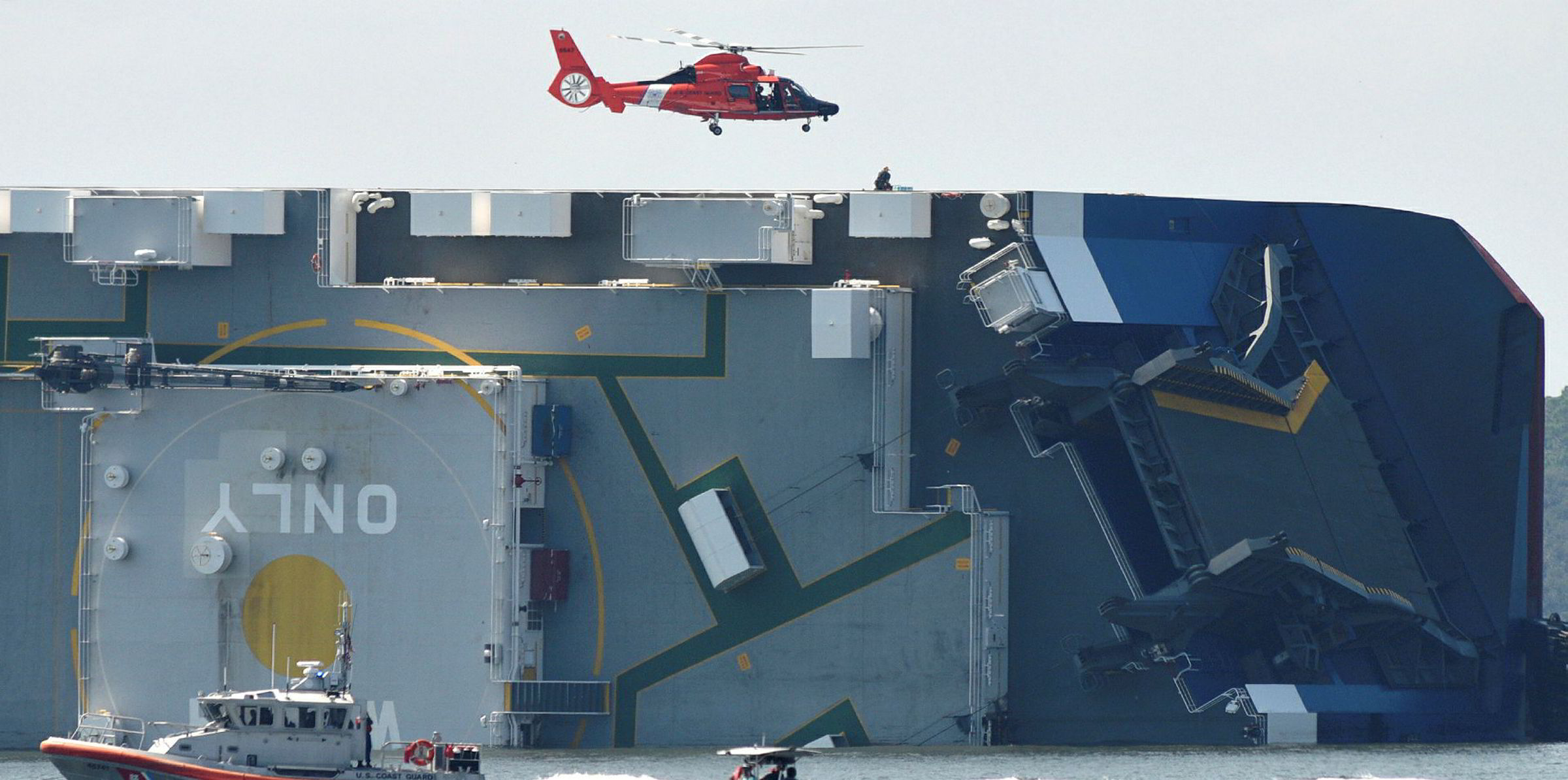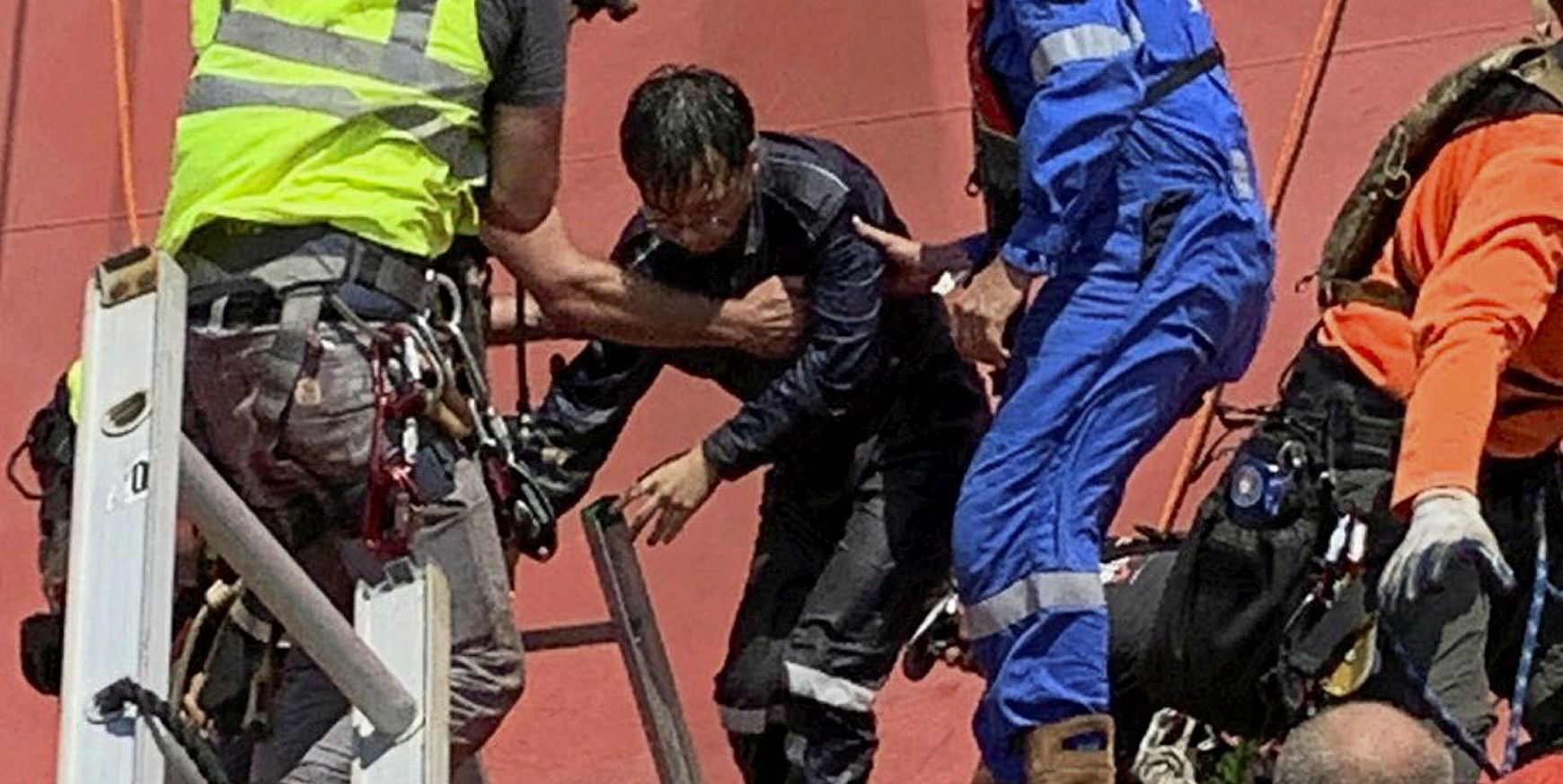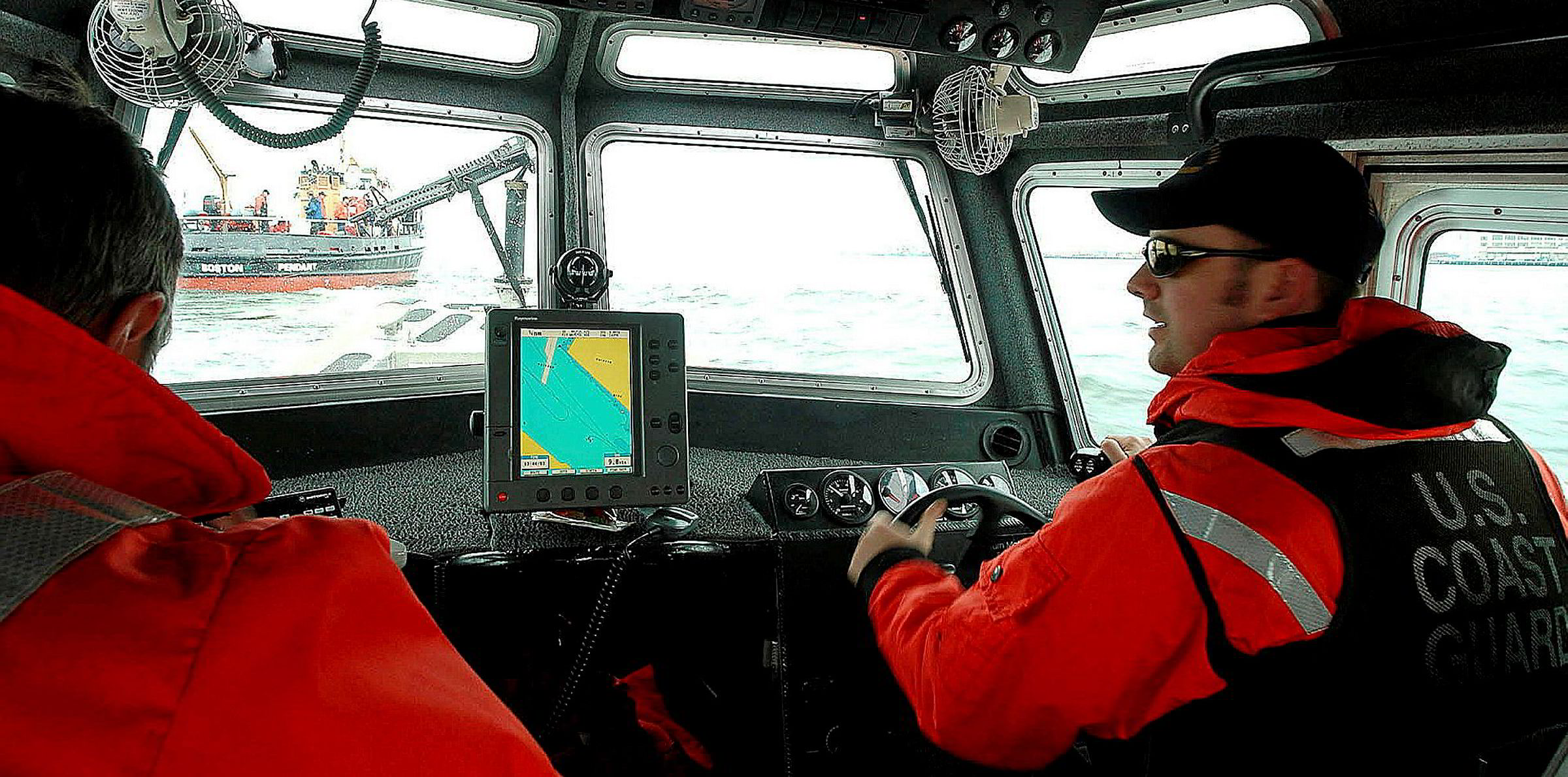The capsize of the 7,700-ceu car carrier Golden Ray (built 2017) off the US port of Brunswick is the sixth major incident to hit the car carrier sector this year, making it arguably the shipping industry’s second most pressing safety issue after boxship fires.
Insurers are now facing related claims running into the hundreds of millions of dollars. The growing list of cases is certain to be a hot topic of discussion among marine underwriters as they gather in Toronto next week for the annual meeting of the International Union of Marine Insurance.
Expensive loss
The likely loss of the Golden Ray could cost its Far Eastern hull insurers between $70m and $80m.
The cargo is also almost certain to be a write-off. Even if the 4,000 cars onboard are modestly priced on average at $20,000 per unit, that adds up to an $80m claim.
Experts also expect a prolonged salvage job. It is understood the initial emergency response and pollution control will be handled by owner Hyundai Glovis’ Oil Pollution Act 1990 designated salvage company Donjon Marine and its partner Smit.
However, if a wreck removal is required the costs could potentially run into the tens of millions of dollars for its protection and indemnity insurer, the North P&I Club.
Top priority
North P&I told TradeWinds in a statement: “Our top priority is currently the welfare of the vessel’s crew, the protection of the environment and the salvage operation. We are working closely with our member, the USCG [US Coast Guard] and other stakeholders to respond to the incident.”
Focus will turn to the cause of the capsize, which appears to have been preceded by a cargo fire, although ballast water management issues have also previously caused car carriers to capsize.
The USCG was unwilling to comment on the likely source. It told TradeWinds the cause of the fire, which was spotted on the starboard side of the ship near the cargo, is still under investigation.

USCG Petty Officer 1st Class Luke Clayton told TradeWinds, "We don't want to speculate on causes until we get all the details on what happened.”
However, safety experts cite a number of factors that make car carriers vulnerable to fires and capsizing.
Overheating danger
Overheated cars can ignite from their own electronic components, a danger that seemingly has increased from the growth of battery-powered vehicles.
Tightly packed stowage allows fires to spread quickly and lack of bulkhead segregation makes firefighting and containment difficult. Open ventilation systems can also encourage fires. Large freeboard spaces make car carriers vulnerable to catastrophic free surface effect if water is used to extinguish the fires. High-sided vessels also have stability issues. In addition, cargo shift and poor ballast water management can lead to capsizes.
Sincerity Ace
The Shoei Kisen 6,400-ceu car carrier Sincerity Ace (built 2009) was evacuated in January after it caught fire in the Pacific while transporting cars from Japan to the US. The vessel remains out of service.
Grande America
The Grimaldi-controlled, 50,000-gt ro-ro vessel Grande America (built 2007) sank off the Bay of Biscay in March with Porsche and Audi cars onboard. It sank from a combination of free surface effect caused by firefighting water and cargo shift. However, the fire is thought to have started from a container cargo on the deck.
Platinum Ray
The Ray Shipping-controlled, 6,200-ceu car carrier Platinum Ray (built 2000) caught fire in Ulsan, South Korea, in May with 2,163 vehicles onboard.
Grande Europa
The Grimaldi-controlled, 3,320-lane-meter Grande Europa (built 1998) caught fire off Spain in May and was evacuated. It was loaded with 1,843 vehicles.
Diamond Highway
In June, the K Line 6,400-ceu car carrier Diamond Highway (built 2004) was abandoned in the West Philippine Sea after catching fire. The vessel has since returned to service.





